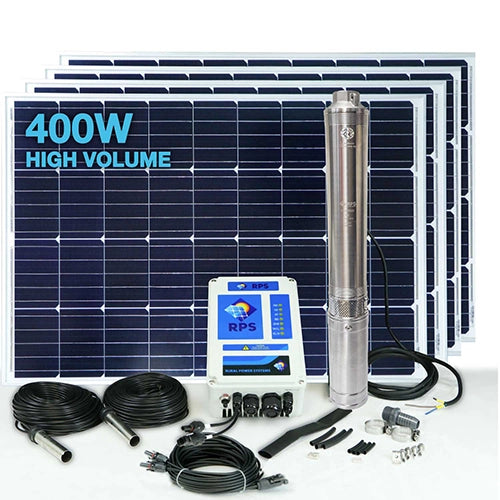I live in CA (SCE territory) and currently have a 10kw grid tied system installed in 2019 under NEM 2.0.
I realize that adding panels to my existing system would trigger a change to NEM 3.0. I am considering the possibility of adding a smaller off grid system (panels + batteries) to exclusively power my pool and spa. Aside from the question of the economics of doing so, would it also trigger NEM 3.0 for me even though it’s not tied to the grid?
I realize that adding panels to my existing system would trigger a change to NEM 3.0. I am considering the possibility of adding a smaller off grid system (panels + batteries) to exclusively power my pool and spa. Aside from the question of the economics of doing so, would it also trigger NEM 3.0 for me even though it’s not tied to the grid?




